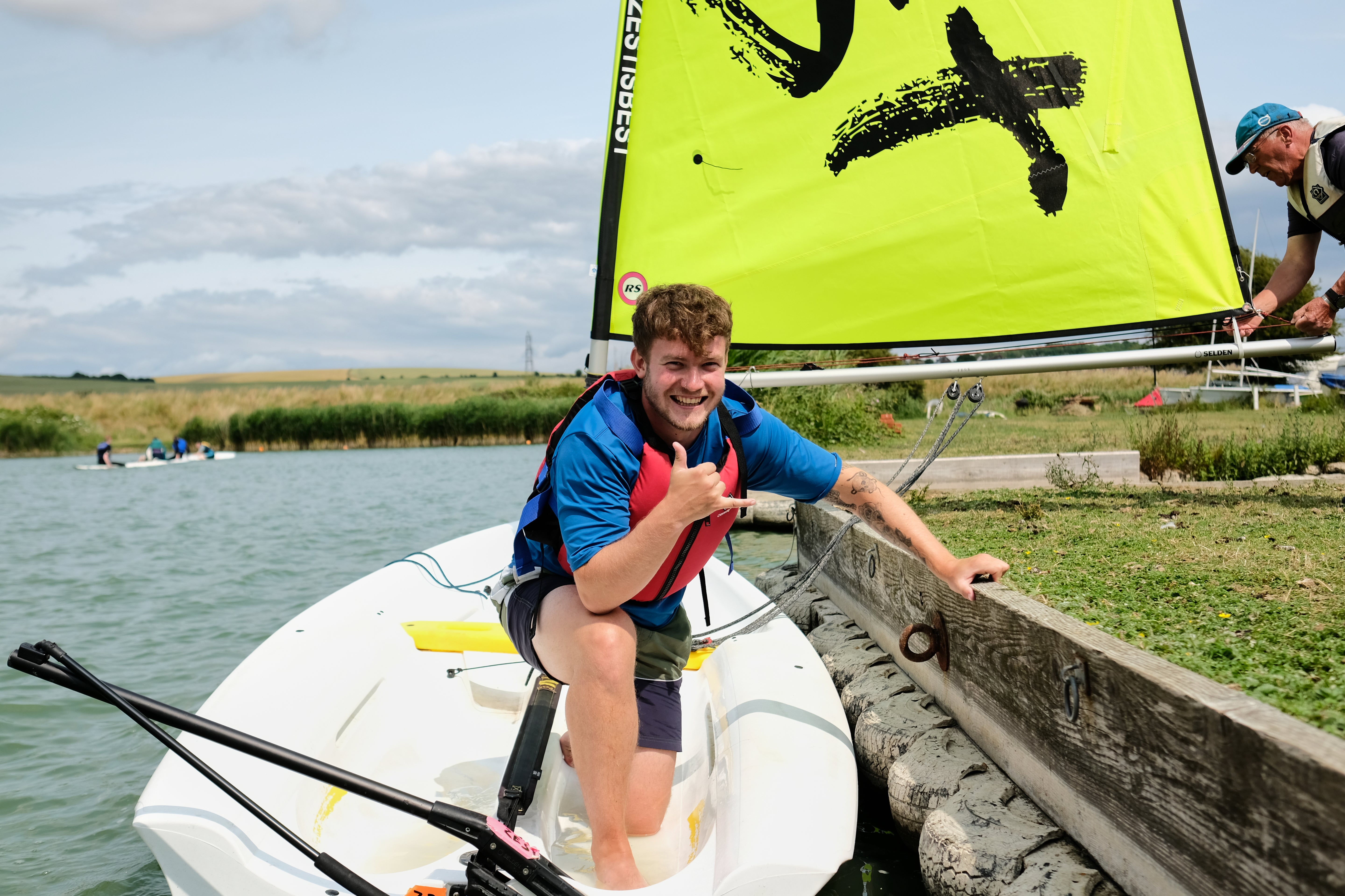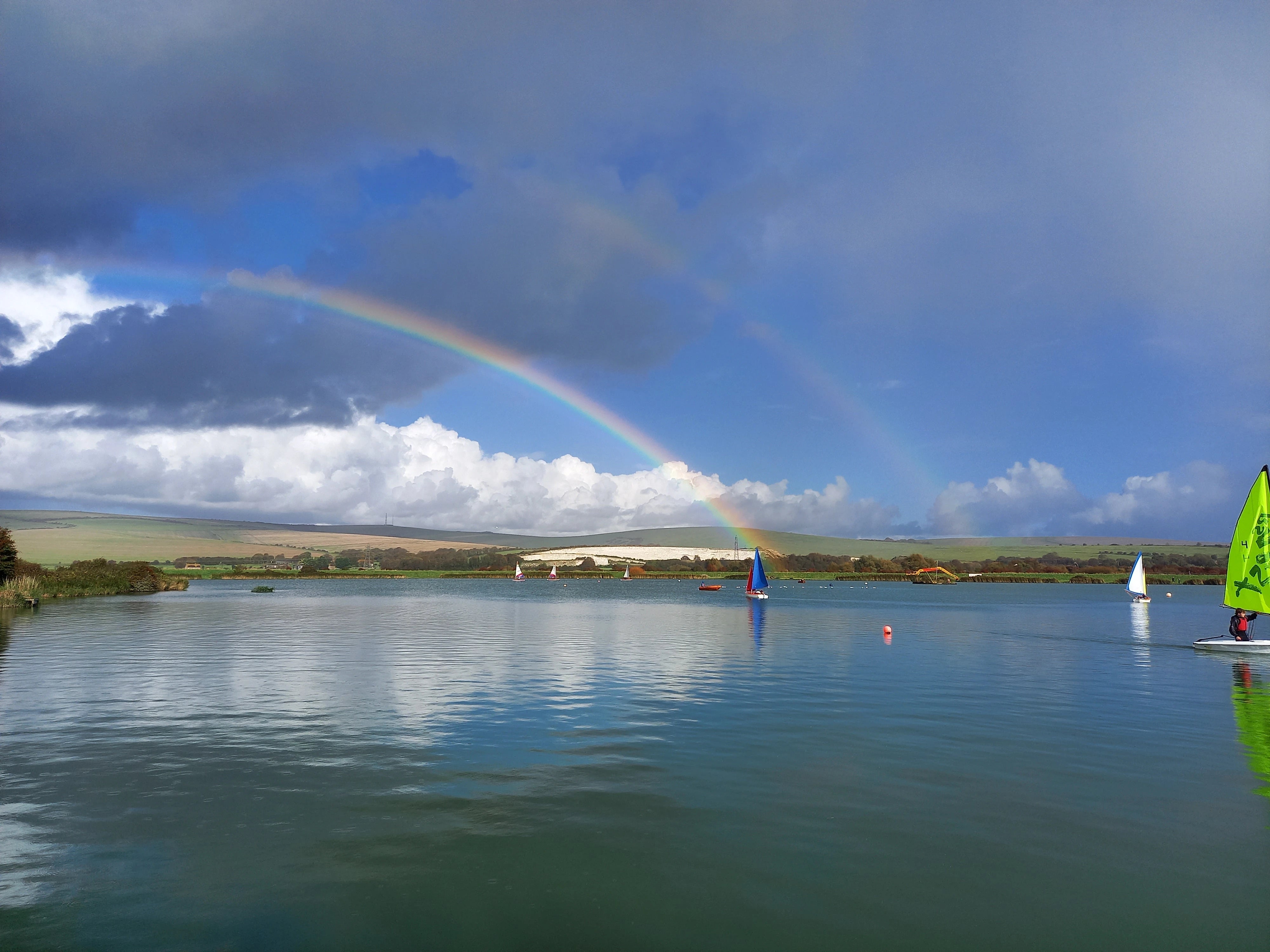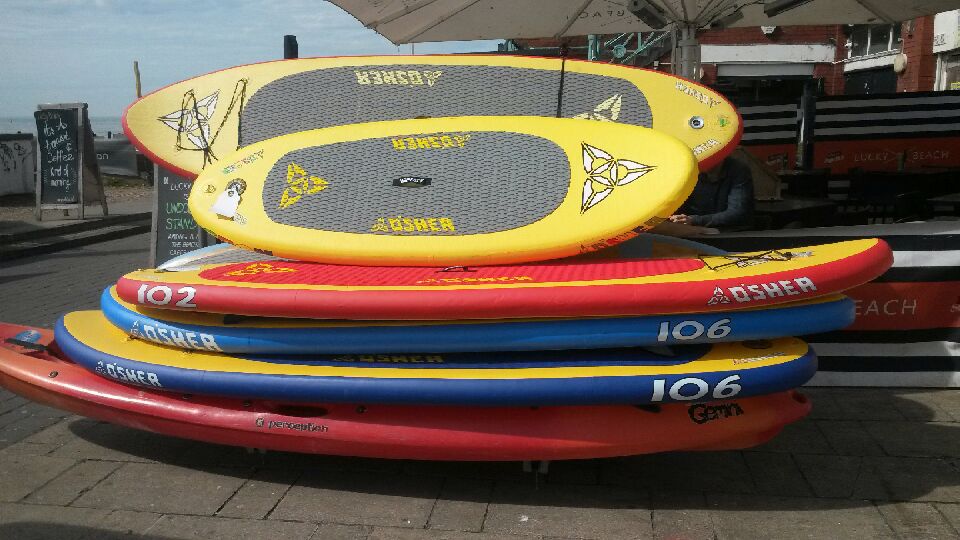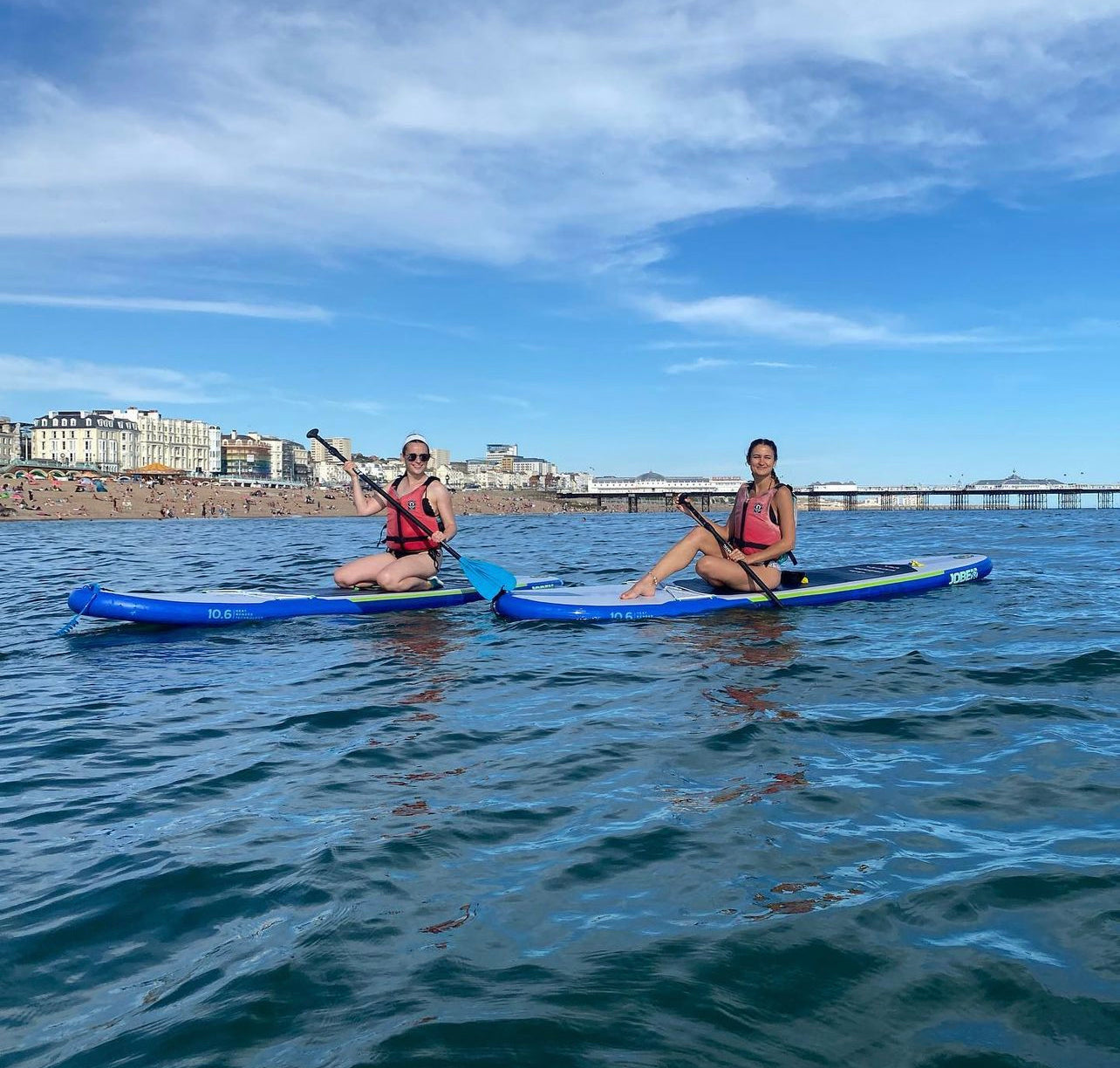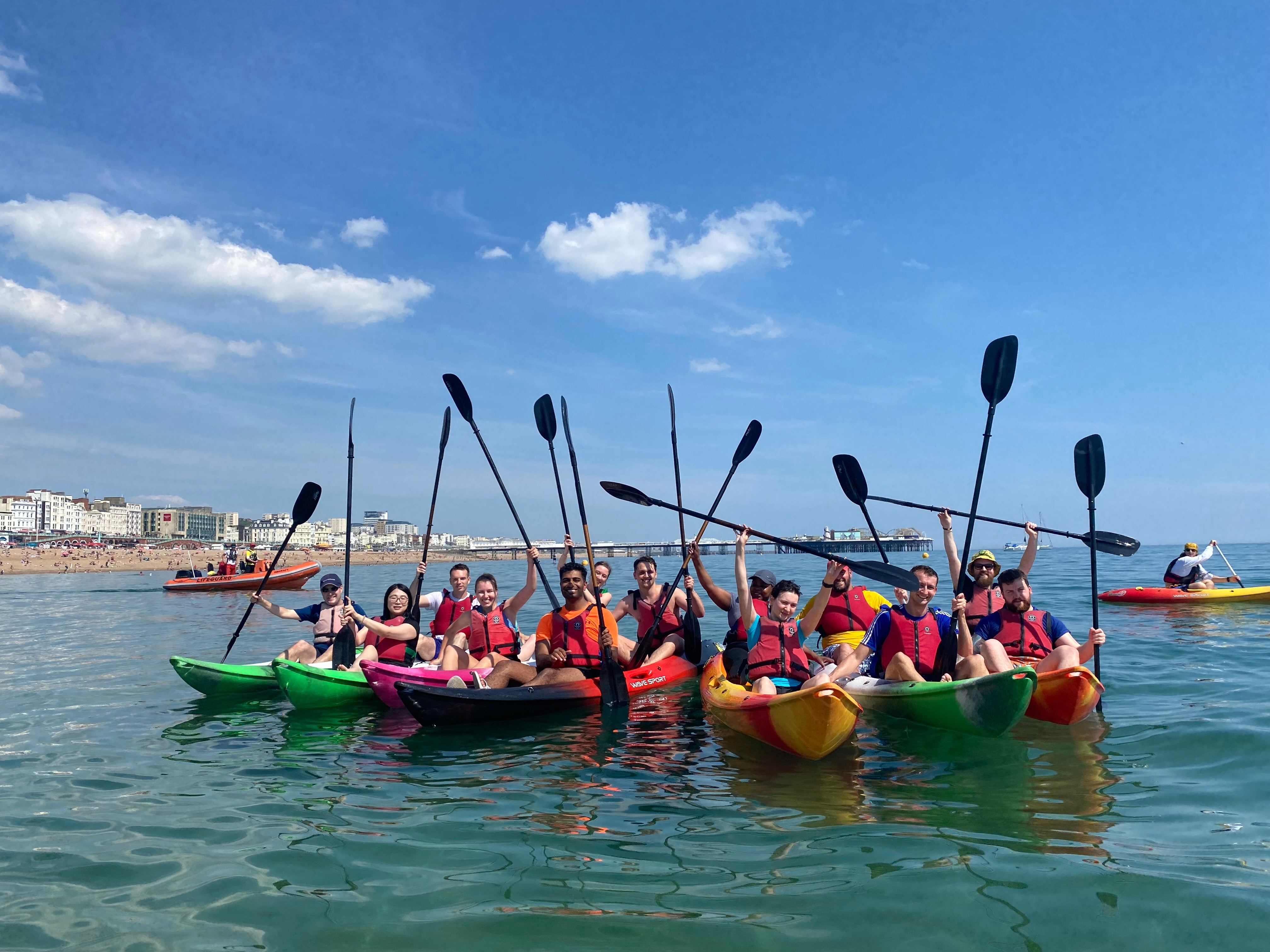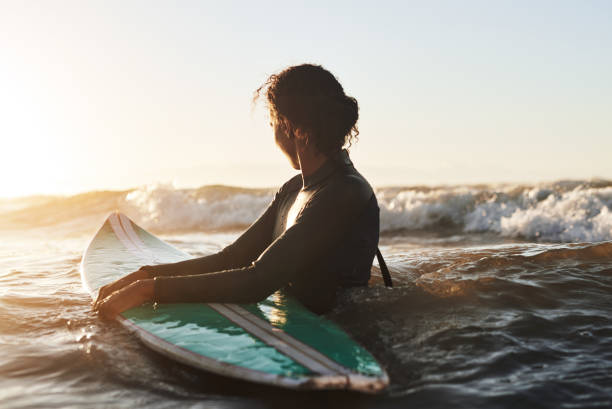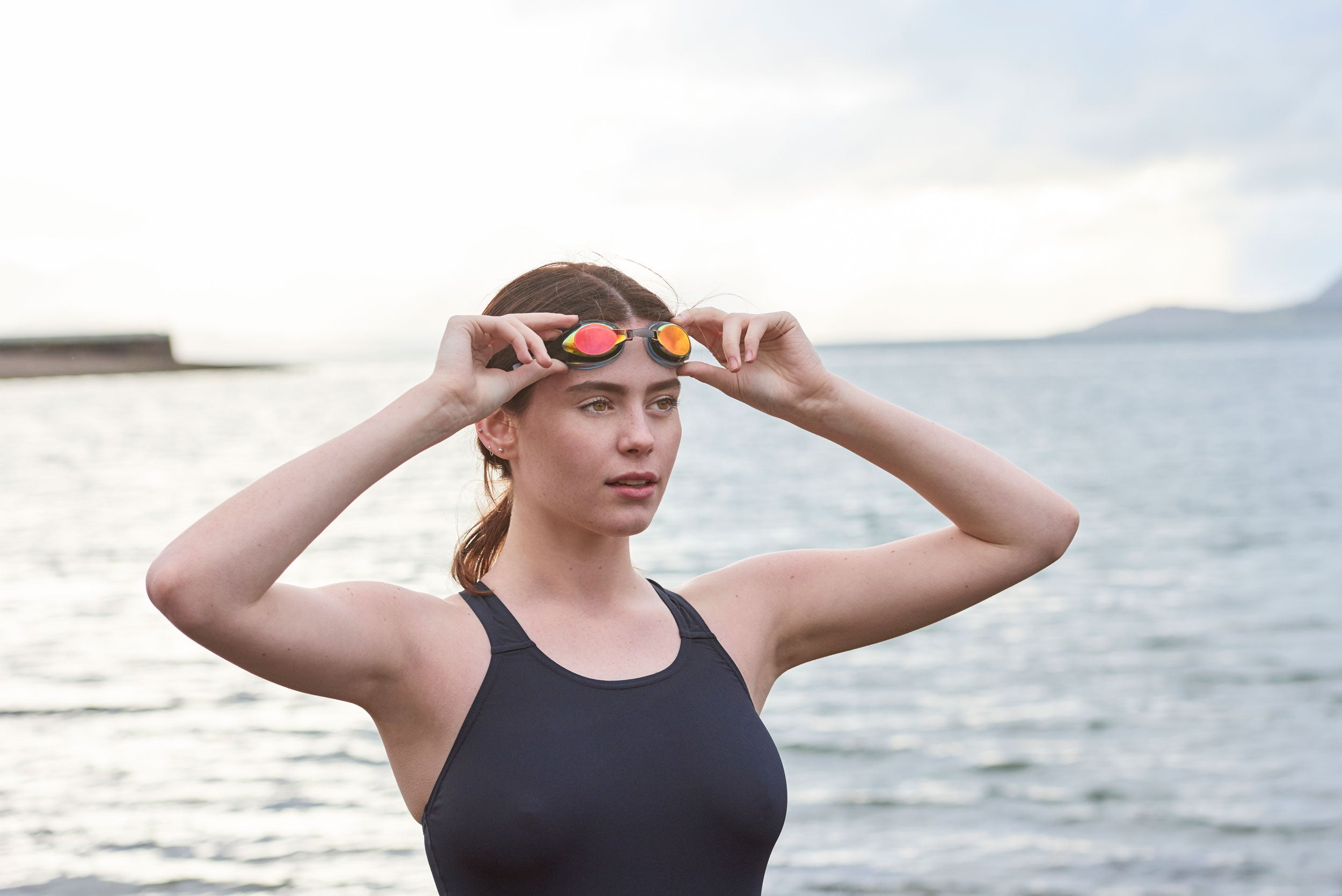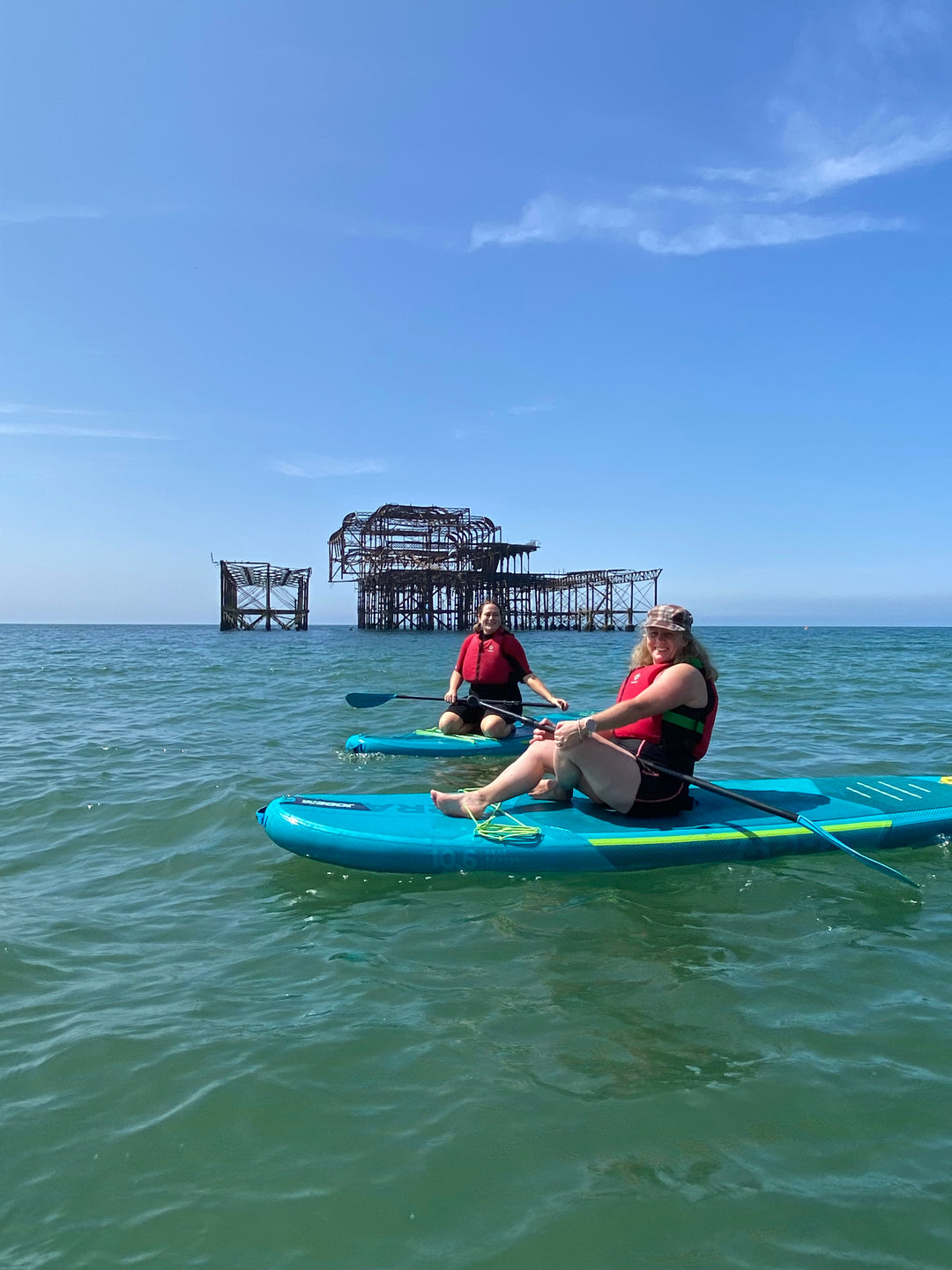Wetsuit Boots - Which boot is best for you?
What are neoprene wetsuit boots?
Wetsuit boots trap water between the foot and boot. It's heated on the feet keeping the feet warm in the water. As long as neoprene has an appropriate thickness the feet should stay cool and warm at optimum levels.
What to wear when?
Footwear for watersports is a bit like what to wear on a night out, it's all about what you are doing and when. If you're going on a pub crawl in the middle of winter, you want comfy and warm. In the summer you can get away with flip flops.
All this footwear can be used for all watersports and swimming, some is better than others, ie split toe is better for surfers and surfing, zip up boots are better for flat water sup or kayaking.
There are so many to choose from: 2mm shoes, 3mm boots, 5mm boots, 7mm boots, zip up, split toe, round toe.
Split toe
Split toe is a popular one for surfing. Separating the big toe from the rest of your foot helps with balance. The big toe is the number one tool to help you balance when surfing. To allow the big toe to move separately helps you balance so much better. Balance is so important when surfing. Having the separation also stops your foot rolling around within the boot or shoe. Ideally you want no movement within the boot or shoe. The disadvantage is that it’s a bit uncomfortable until you get used to it, and in the winter months your big toe does get colder being separated from all its friends.
Having a thin sole allows you to feel what the board is doing, and also helps with balance as all the sensors on the base of the foot are talking to the board.

Round Toe
Round toe is great for all watersports, comfy and warm. You do have to compromise with less balance but many feel the comfort is worth it.
Bridge straps will stop your foot rolling around and also prevent the water bulge. This is where the boot expands when getting filled with water.
Kayaking
For closed cockpit kayaking, you might want to avoid straps or anything that can get caught if you're trying to wet exit in an emergency.
How thick should wetsuit booties be? 2mm, 3mm, 5mm, 7mm plus.
Most of the boots have a diameter of between 3 mm and 5 mm. Some have a diameter of 7 mm and larger than that.
Summer months
In the summer months 2mm or barefoot is good. Many UK beaches have sharp rocks, pebbles and even sandy beaches can have weaver fish, so the 2mm shoe is more about protection rather than warmth. The same split toe or round toe preference applies here.
Autumn/ Spring months
A 3mm shoe or boot is for the spring or autumn period when the water is between 12 and 15 degrees, as with outdoor footwear, boots are warmer than shoes because more of your foot and ankle are covered.
Winter months
5mm or 5/4’s etc. are for the colder waters of 12 degrees or less. 7mm is 4 degrees or less or for instructors who will spend time standing in the water and not moving around so much.
Zip up neoprene boots.
These are great for the ease of getting the boot on or off. You just have to make sure that these have neoprene behind the zip or cold water will get in through the zip. Make sure that they have decent zips because if this breaks then the boot is useless.

Do wetsuit boots go over or under wetsuit?
Wearing neoprene boots beneath the wetsuit allows water to escape from the wet suit and not in the booties. This is essential.
Should I size up in wetsuit boots?
The sizing of neoprene wetsuit boots is similar to a normal pair of shoes or boots.
Brands
Here at Brighton Watersports we stock quality brands of neoprene wetsuit boot like O'Neill, Sola and Typhoon. We are always happy to advise you on a good pair of wetsuit boots. We also stock neoprene gloves of various thickness for those that want the extra warmth for your hands.


